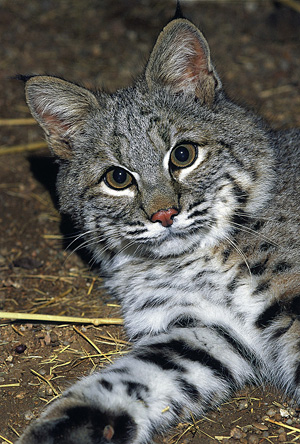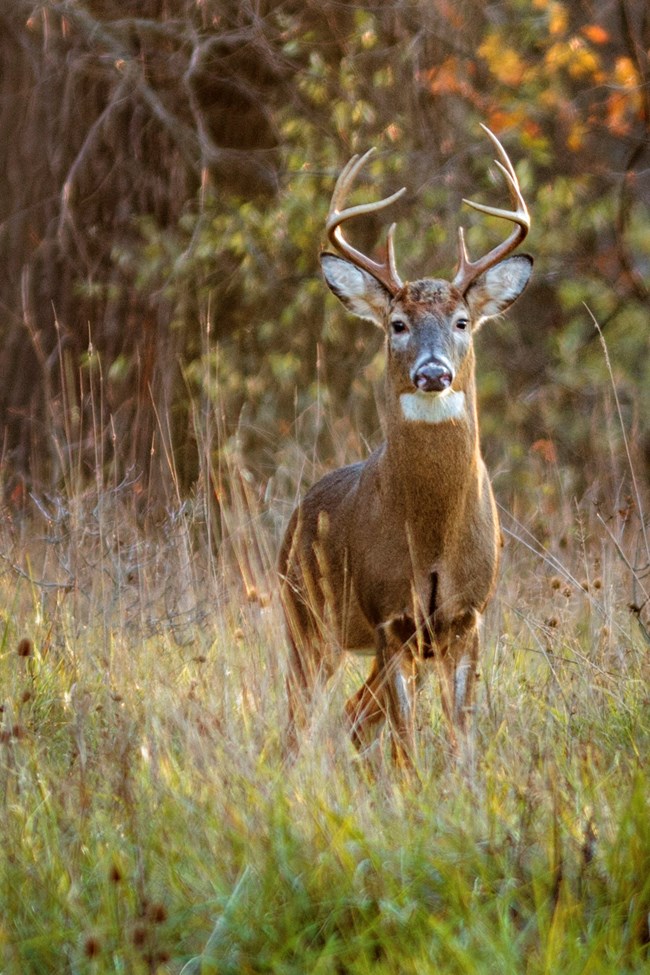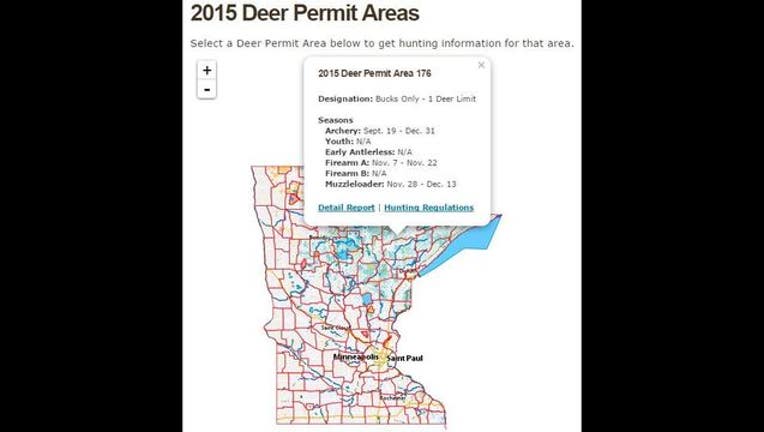
This article will provide information about some of North Carolina's most fascinating and commonly seen birds. Learn about the American Goldfinches and Ruby-throated Hummingbirds as well as Downy woodpeckers. A few rare species are also found in the region. Once you have seen them all, you'll be glad that you did! But what will you find in their native habitat? Continue reading for more information!
Downy woodpeckers
The Downy woodpecker is a common feeder. It can hammer on tree bark to search for insects and larvae or nibble on berries and acorns. It can also drink the nectar from hummingbird feeders, but tends to nest in dead trees or dead branches on live trees. Here are some interesting facts about this species. Find out more about this beautiful woodpecker.

American Goldfinches
The American Goldfinch can be found in most of the eastern United States. It is also common in parts of northern Canada. The species spends its summers in southern California, and migrates southward in the winter. Its western range extends to the east, and it can be found in eastern Mexico. They are also found on the edges between roads and farms. They are fairly common in the United States. However, they are not uncommon elsewhere in the world.
Song sparrows
The song sparrow is a common songbird found throughout the state. They can be found in large numbers throughout the state, often hiding under dense leaves. They are easy to spot because of their distinctive sound. They can also be found in low places, especially along the coast. You won't get hurt if you happen to see a Song Sparrow. You can find several species of Song Sparrows in North Carolina.
Ruby-throated Hummingbirds
The red throat feathers of this species distinguish the males from the female. Both the male and female have a white throat and rounded tails. They both breed in spring or fall. They can dive up to 50ft and are most often found on open country. The male can mate with several females but the female chooses the male. The nest can be found about five feet above ground, and it is often located on a downturned tree limb.
Tufted Duck
The Tufted Duck breeds on marshes and lakes, coast lagoons, and sheltered areas in the United States. These ducks eat aquatic insects and plants, and sometimes eat small fish. They can be seen at night feeding. In North Carolina, the Tufted Duck can be seen in several places in the state, and it's easy to see why they're such a popular tourist attraction.

Northern flickers
This bird's attractive features include the flitting feathers and bright red rump. Northern Flickers are known for their energetic flight and often use their strong bill to pound down trees. Northern Flickers beat their drums to communicate with each other and to alert others. They have distinct vocalizations and sound similar to the pileated Woodpecker. It is easily recognizable by the fact that male Northern Flickers are devoid of a mustache strip, while females sport red feathers on the top of their heads and a black band.
FAQ
How much does it cost to hunt?
Hunting trips can be expensive depending on where you live, what type of wildlife is being targeted, and how big the animal that you are hunting.
In general, a two-person hunting party will cost between $500-$1,000 per head. This includes accommodation, food, gas, equipment, licenses, etc.
There are some areas that charge more than others. If hunting is planned during peak seasons (e.g. fall turkey season), expect to pay higher prices.
Why is it that the U.S. Department of Agriculture (USDA), only estimates that 1% of hunters kill a deer each year?
The USDA estimates that approximately 6.5 million Americans hunt buck. Only 2.2 million of these people actually shoot deer.
This means that only 0.6 percent kill deer each year.
What is the most important aspect of hunting animals
How do you get there? Start by learning how you can shoot accurately. Next, you must learn how to hit your target. Finally, we need to learn how we can make adjustments if we fail.
Hunting is only possible if you know what you're doing. You won't improve if you don't understand what you are doing. Even though you might feel that you have improved through better shots, it doesn't mean you will be any better. This is also true for hitting targets. If you don’t understand the reasons you’re missing, it will be difficult to improve. This means that you must know what you are aiming for.
Knowledge is key. Your ability hunt depends on how well you know the animal you want to kill. You want to learn as much about the animals that you see while you are out in nature. You want to know their habits, their behaviors, and even their personalities. This way, you can plan your hunts so they go smoothly and efficiently.
Learn from those who have succeeded in the past. There are many books available on this topic. In addition, there are websites like www.thehuntingzone.com that offer great tips and advice. Finally, you have people who have years and years of experience. They will help you determine what works and what does not.
After you have learned all you can, it is time to put your knowledge into practice. Practice makes perfect. But you should not practice until you feel great. Instead, you should practice until your confidence grows. Confidence helps you relax and enjoy the process. Relaxation allows you to focus on the task at hand. Concentration is key to maximizing every opportunity. Opportunities are only available when you're calm and focused.
Now it's time put your new skills to work. Don't worry if you fail. Keep practicing and improving. You'll eventually be successful.
Statistics
- According to the Wildlife Restoration Act, passed in 1937, most of the state conservation efforts are funded through hunting and fishing license sales and firearms sales. (stacker.com)
- In less than 20 years, Rhode Island saw a 40% drop in the number of hunting licenses for residents, according to The Valley Breeze. (stacker.com)
- - Percent of residents with paid hunting licenses: 0.7%- (stacker.com)
- - Percent of residents with paid hunting licenses: 0.7%- (stacker.com)
External Links
How To
How to hunt wild turkeys
Wild Turkeys are birds that live in North America. They are most commonly found in Texas and Oklahoma, New Mexico. Arizona, Colorado. Utah. California. Nevada. Idaho. Wyoming. South Dakota. Montana. Wild Turkeys are omnivores of insects, grasses, and seeds. They also consume berries, acorns and fruit from the trees in certain areas. Their diet is important for their health and strength. The feathers of wild turkeys can be used to make hats and clothes. The meat from their breast is eaten.
These are some safety tips for hunting wild turkeys. Wear long pants, and wear closed-toe footwear. Avoid perfume and cologne as they attract predators. If you see a predator, do not run away. Instead, slowly walk toward your vehicle. When approaching a bird, be calm and still. It may take several attempts to get close enough to the bird to allow you to capture it. If you are shooting at wild turkeys, a shotgun loaded in 00 buckshot is the best choice. One shot should be taken at a time.
If your gun jams try again later. To avoid getting hit by flying pellets, duck behind a tree or car. Lucky enough, a hunter may come and clean up after you.